This page chronicles the evolution of the American Legation/Embassy Guard Compound from 1902 through 1949
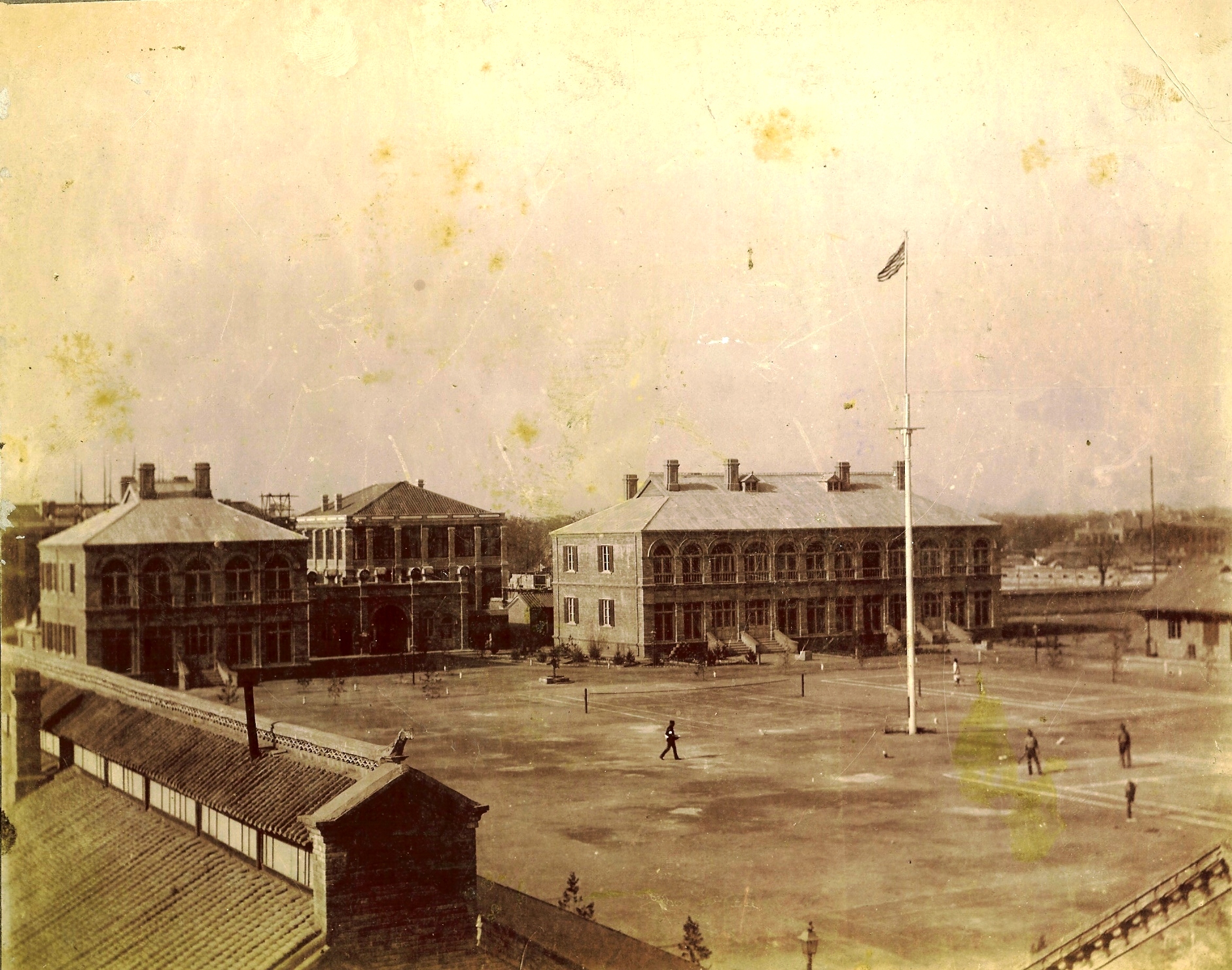
The Guard portion of the American Legation soon after it opened c. 1902-03.
It was during this period that Company B 9th US Infantry occupied the compound. Note a part from a few trees planted the site remains clear of any landscaping.
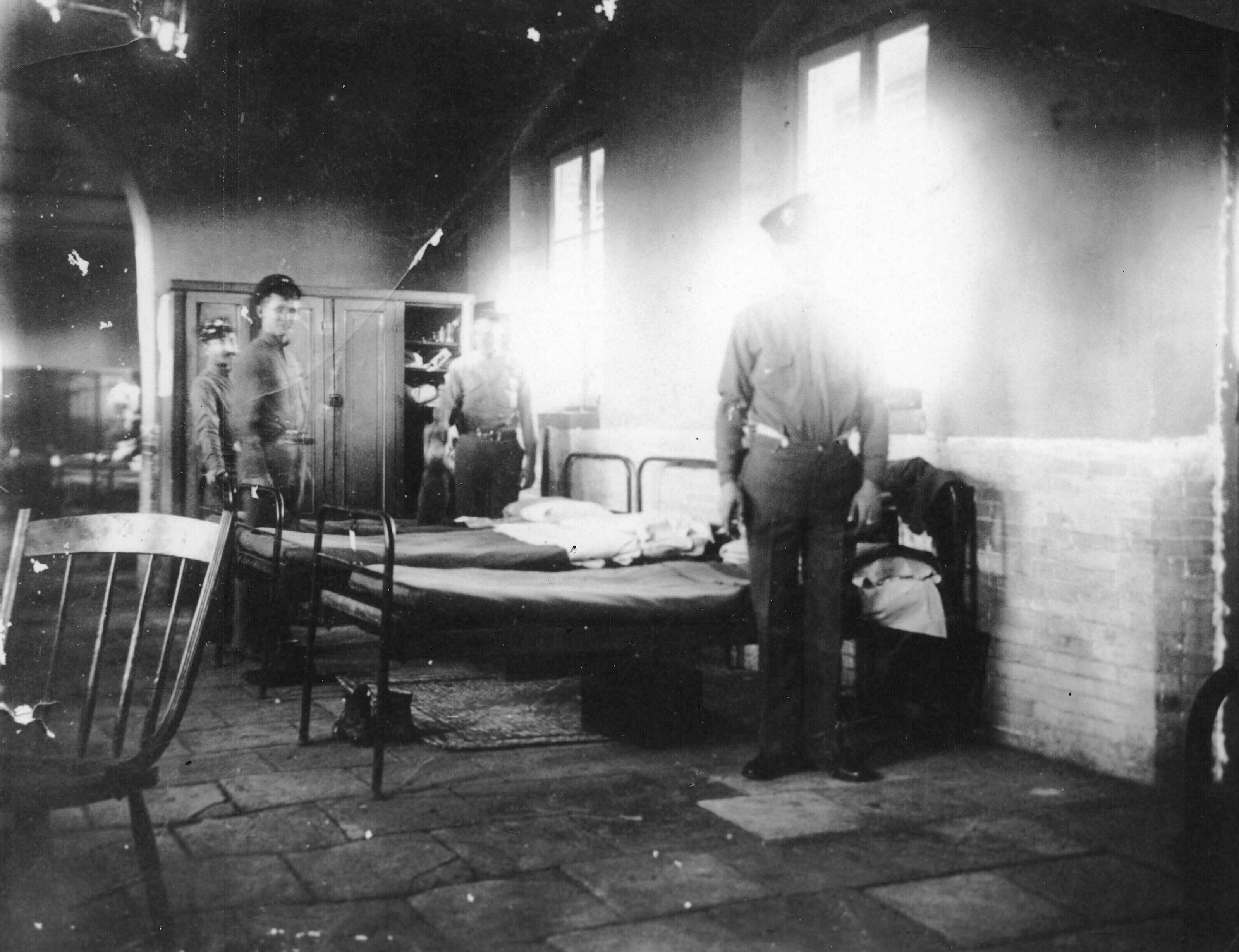
Rare interior shot of the orginal Marine barracks, c 1905-06. (Photo courtesy of the Powell A. Smith Family Collection)
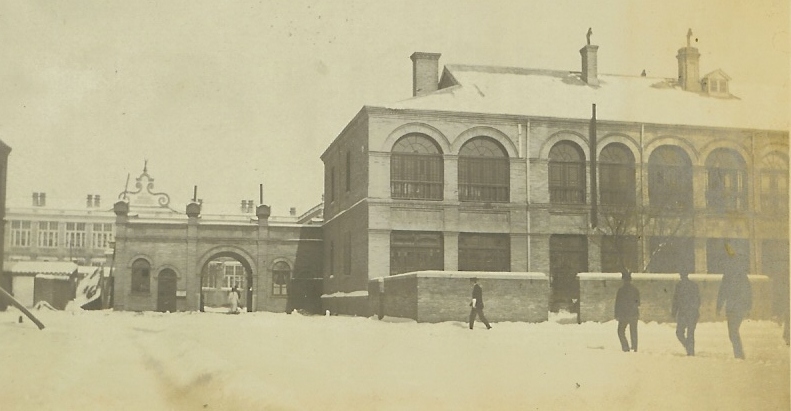
Guard Post #2 prior to the 1910 construction of the Commandant's office, 1st Sgt's office and additional officers apartments. Officers quarters are on the right.
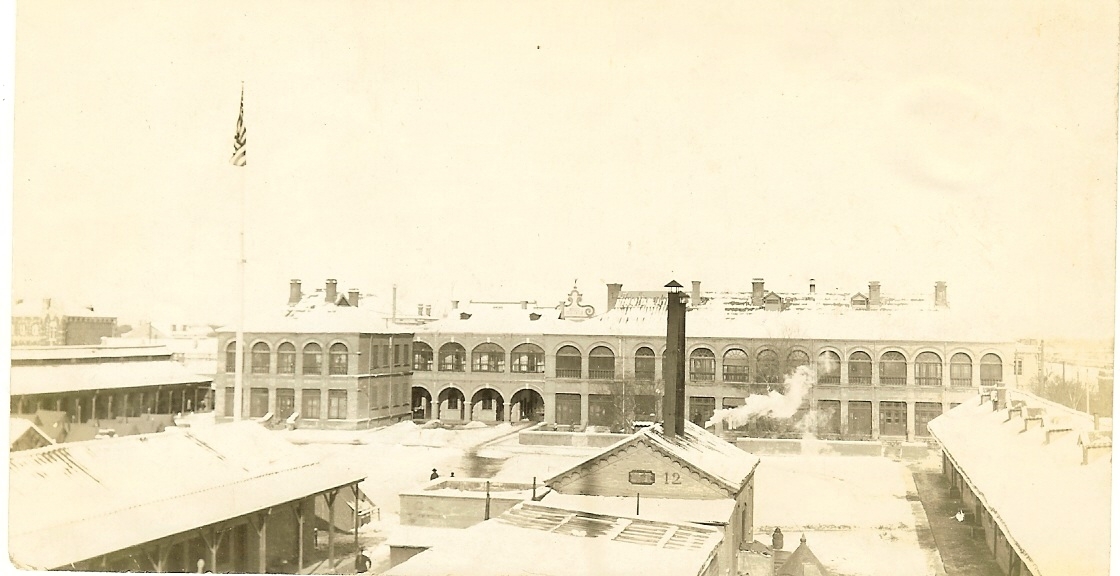
The Guard Compound, c. 1912-13. Around 1910 the Commandant's and 1Sgt's offices were built over Guard post #2 Between the officers quarters and the hospital

Ice P'eng. Each winter the Marines had an ice skating rink built, initially on the Legation Compound and later moved on to the Glacis.
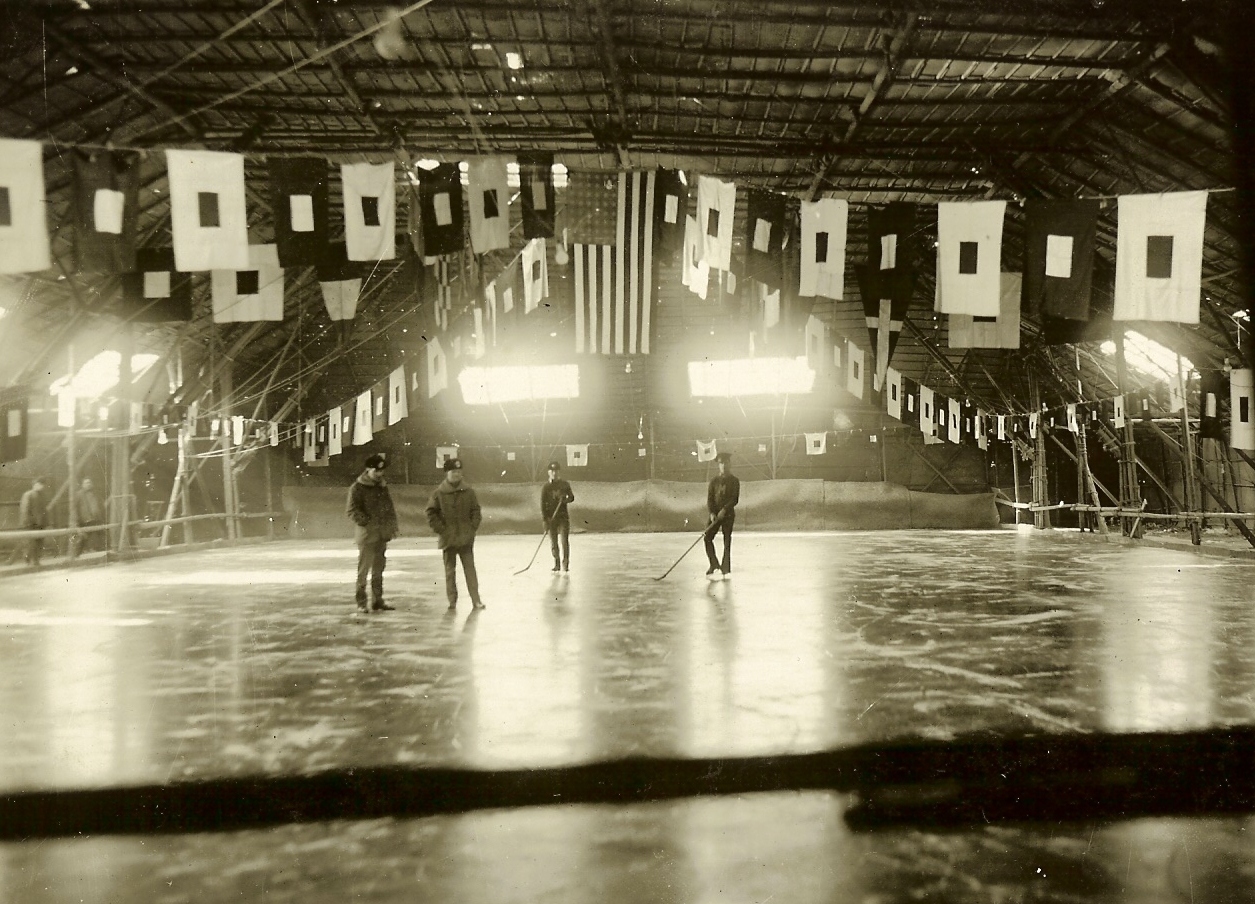
Inside the Ice P'eng

This panoramic view of the American Compound dates to around 1915-17 after the Marine portion of the facility was landscaped

The American Glacis, later called Breckenrdge field. The Marine Compound is off camera to the viewers right.

An all-arms inspection on the the American Glacis, c.1914-15. Note the old West Barracks to the viewers right and wall with firing ports.
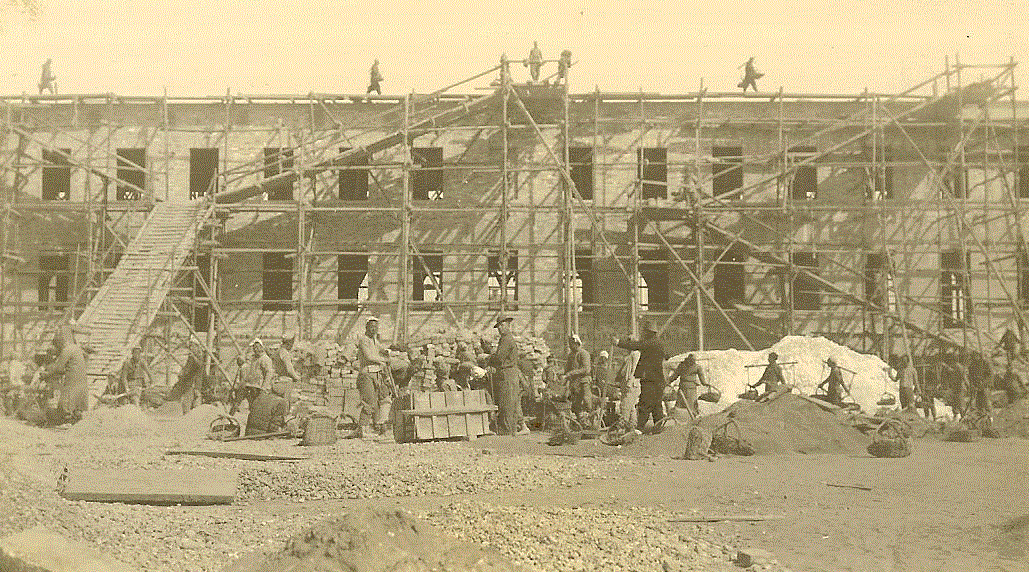
West Barracks under construction, c. 1918.
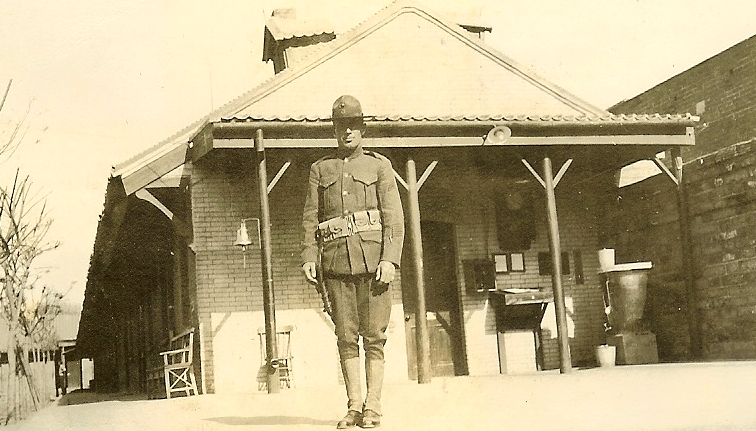
The Quarterdeck, c 1920.

The Marine portion of the Legation as seen from the diplomatic compound, c 1918-20. Note the West Barracks have been completed, the grounds landscaped and a tall radio mast has been erected on the Tartar Wall.
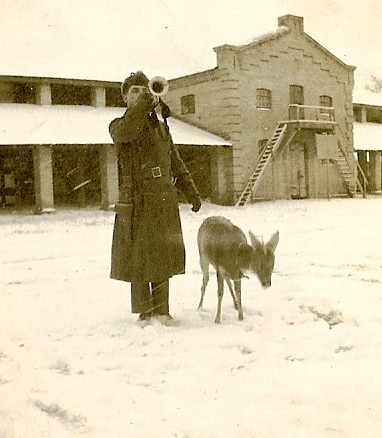
The Quatermasters Compound
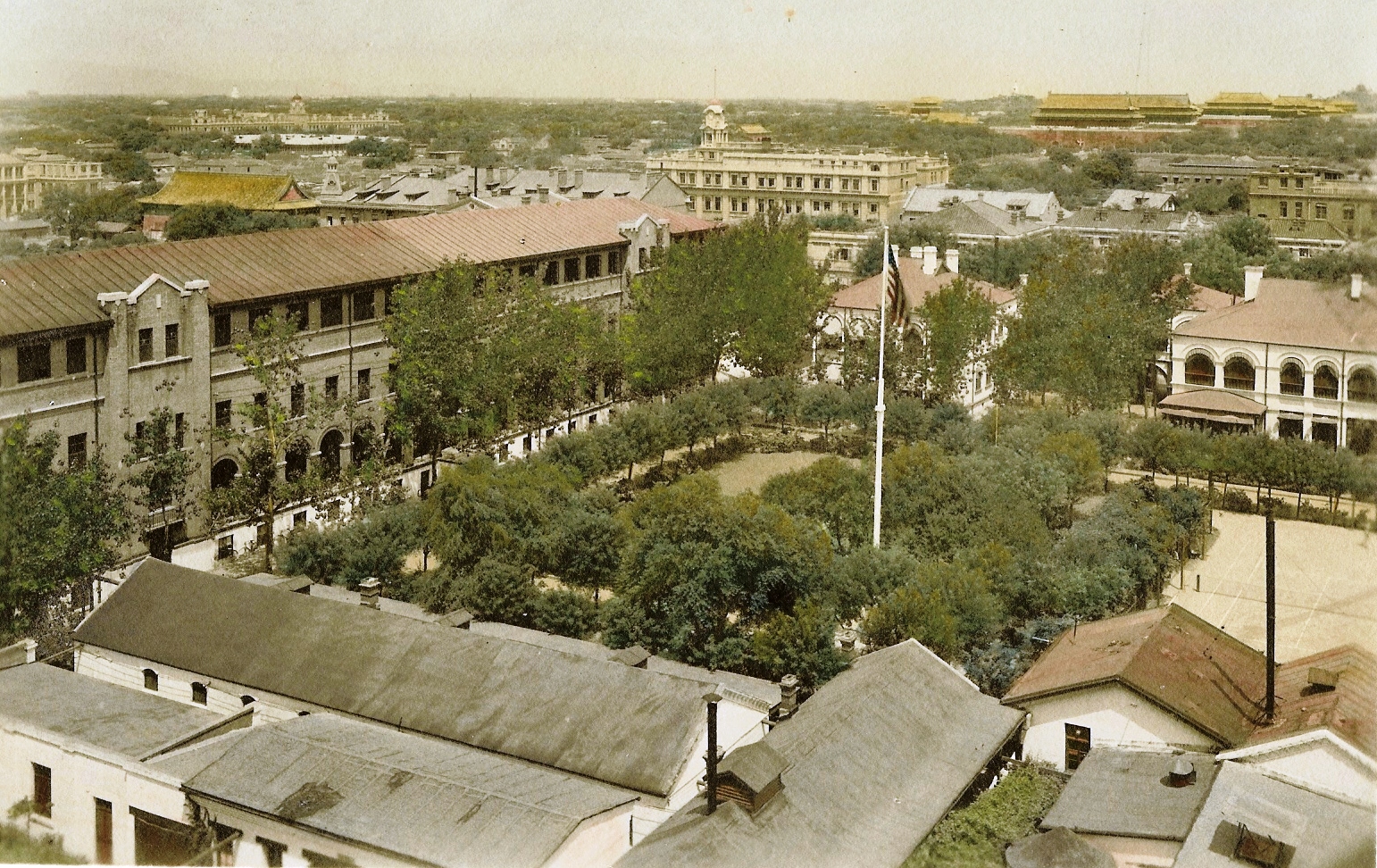
A colorized photo of the Marine Compound, c. late 1920's.
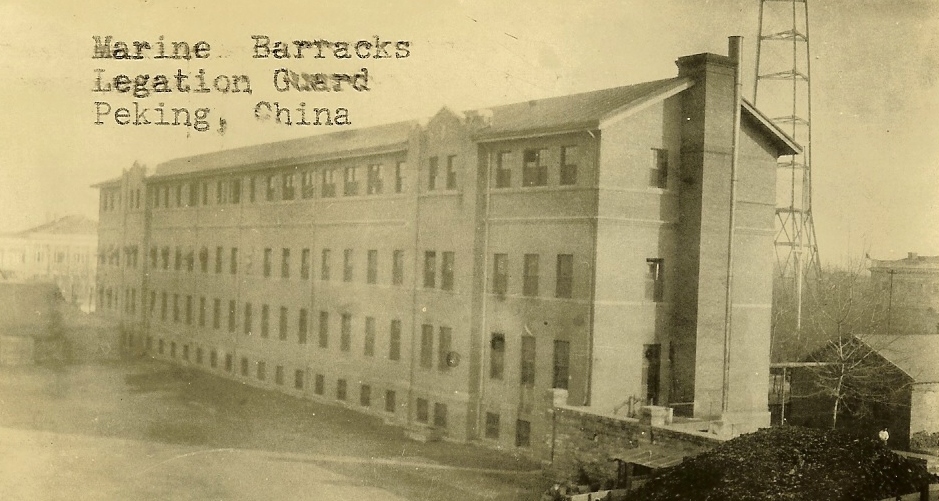
The new West Barracks, c. 1922-26

A 38th Company Marine in front of Johnson Hall, c.1935-36
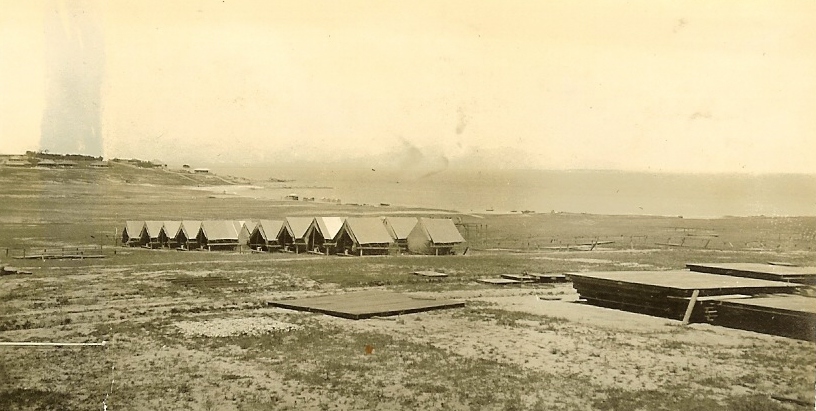
Marine Camp at Peitaiho.
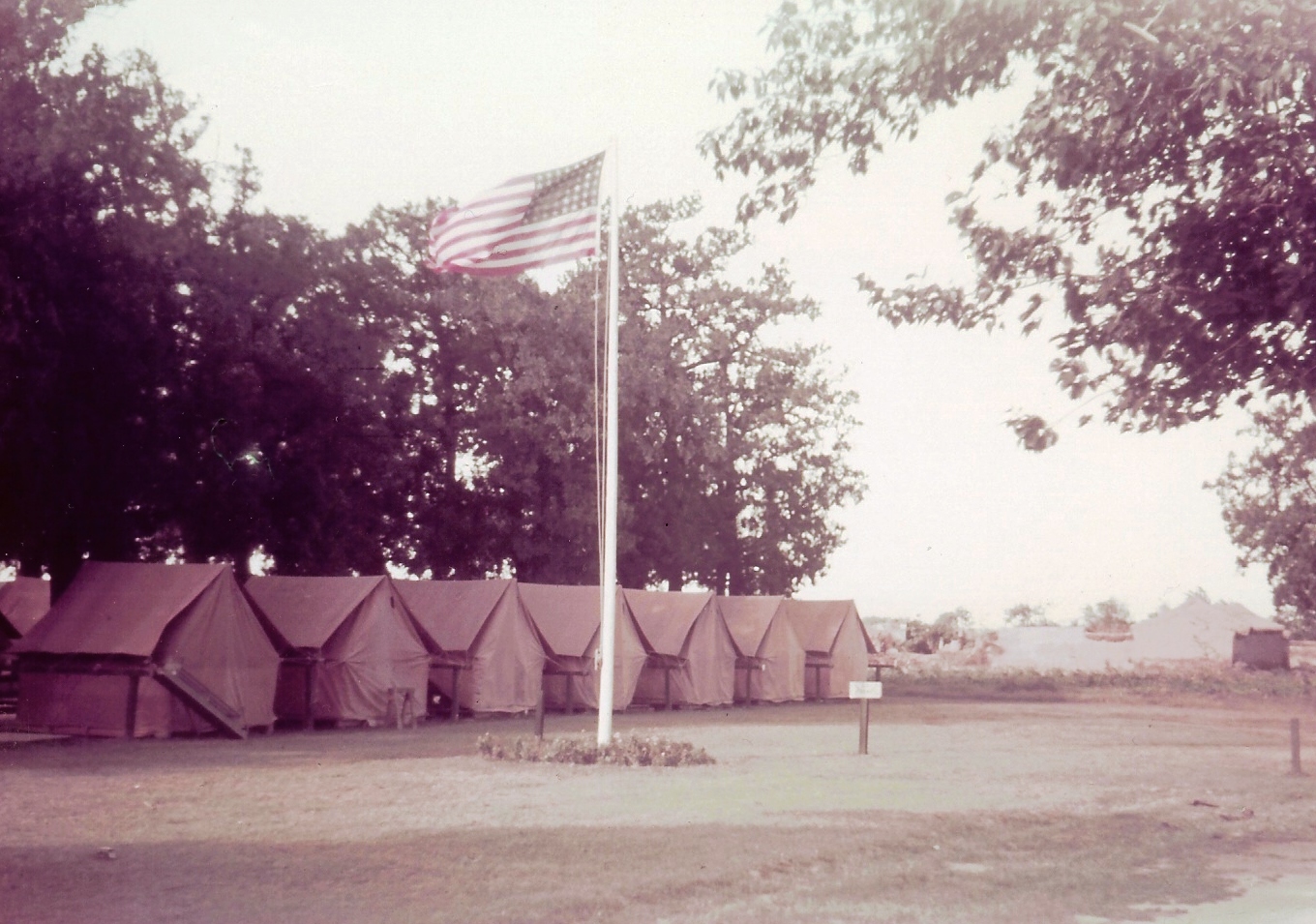
The Marines maintained a summer camp outside Peking, near the Princess Tombs, in close proximity to the International Rifle Range. Each Summer
the Marines would set up this tent city and rotate each company through for a two week training period, to include marksmanship qualification.
At the end of August the last company present would tear the camp down.
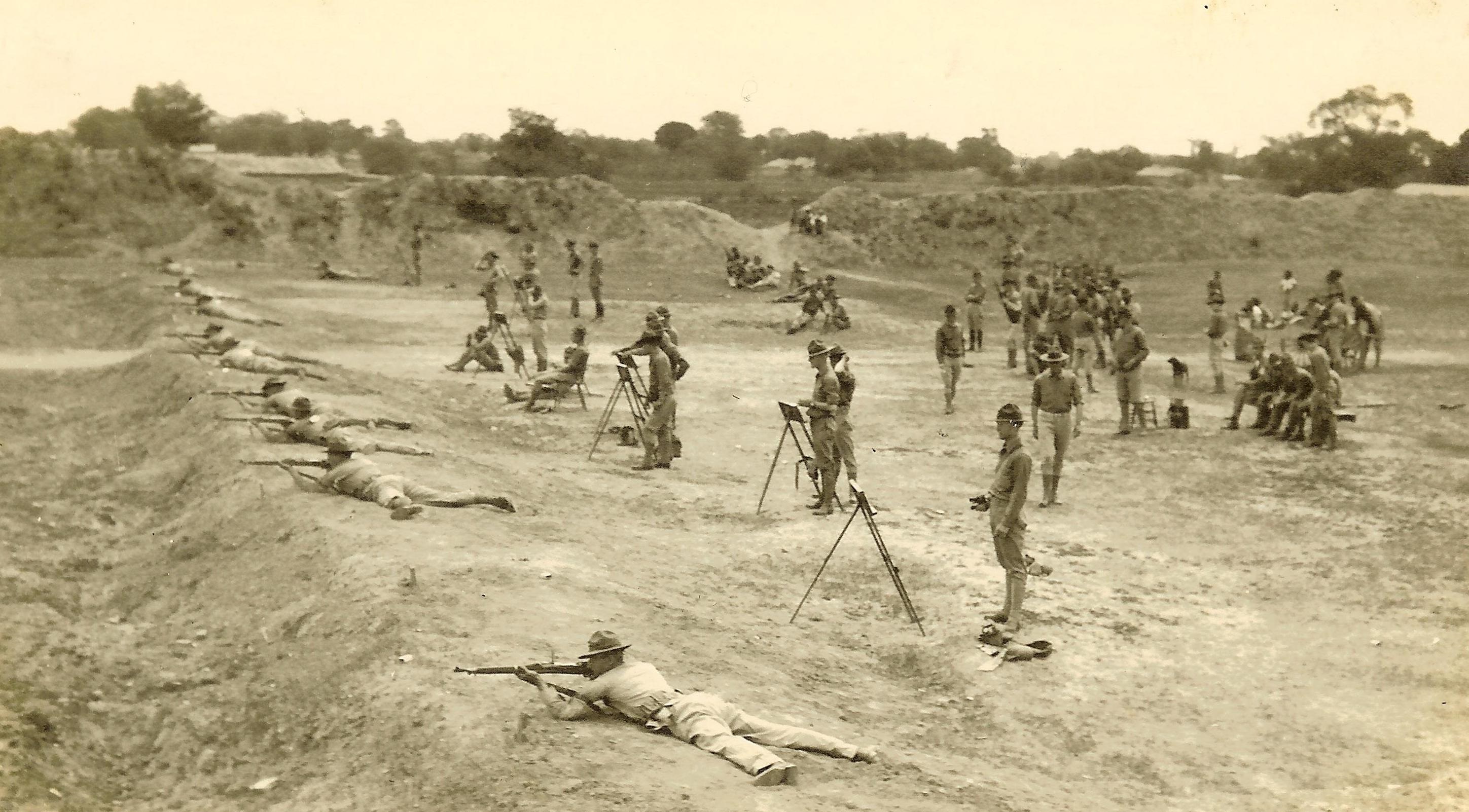
Marines on the International Rifle Range outside Peking
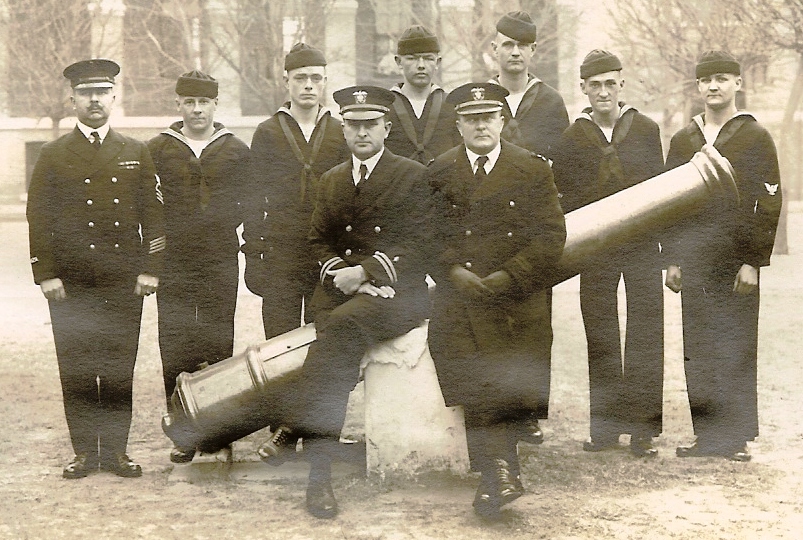
The Riley Cannon. Dating from the Boxer period,this gun allegedly was from Capt Riley's Battery, USA which helped lift the seige of the Legation Quater
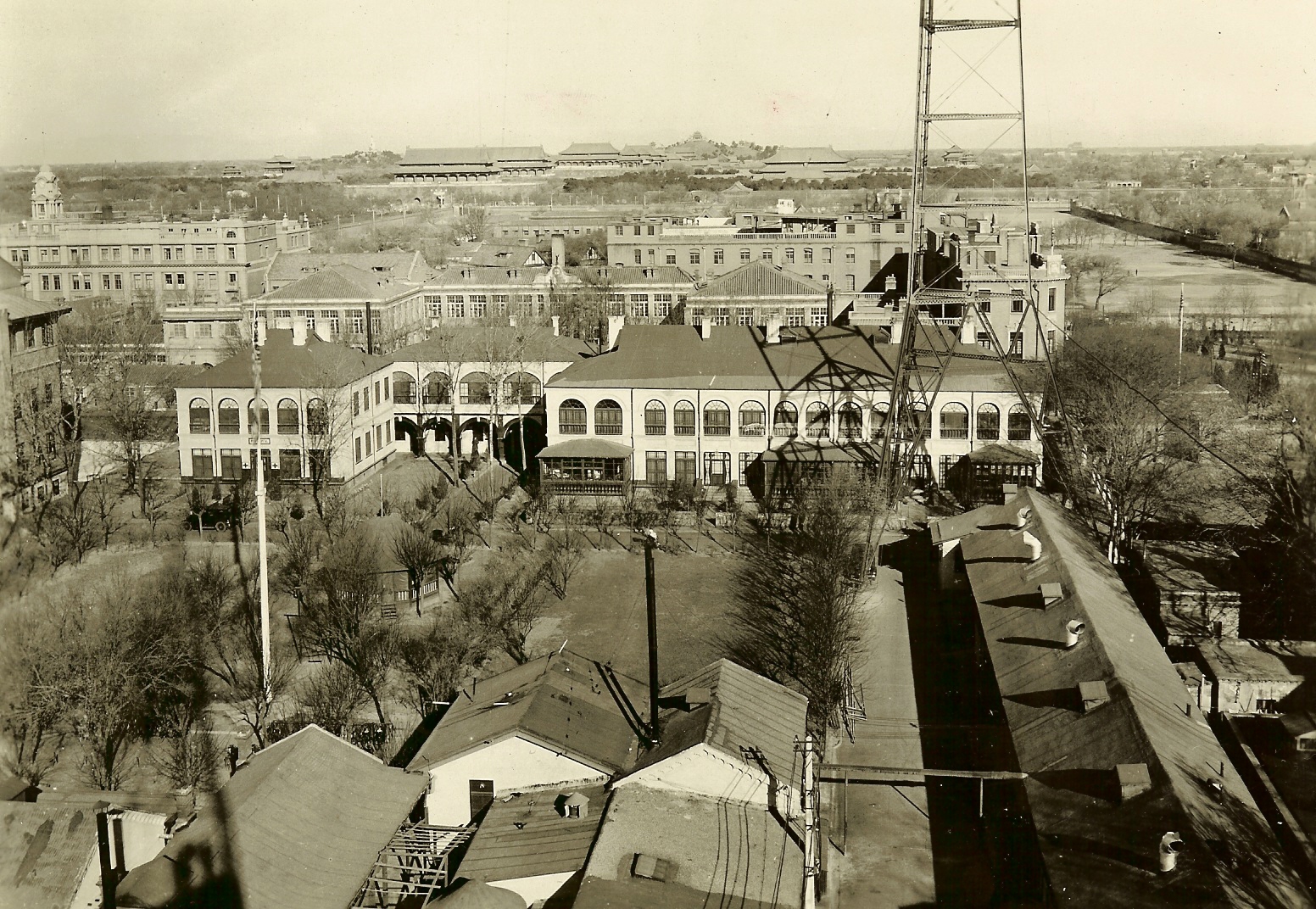
This view and the view below it dates from 1940-41 shows the Marine compound just before WWII. The photographer has climbed several of the radio masts to get these broad views
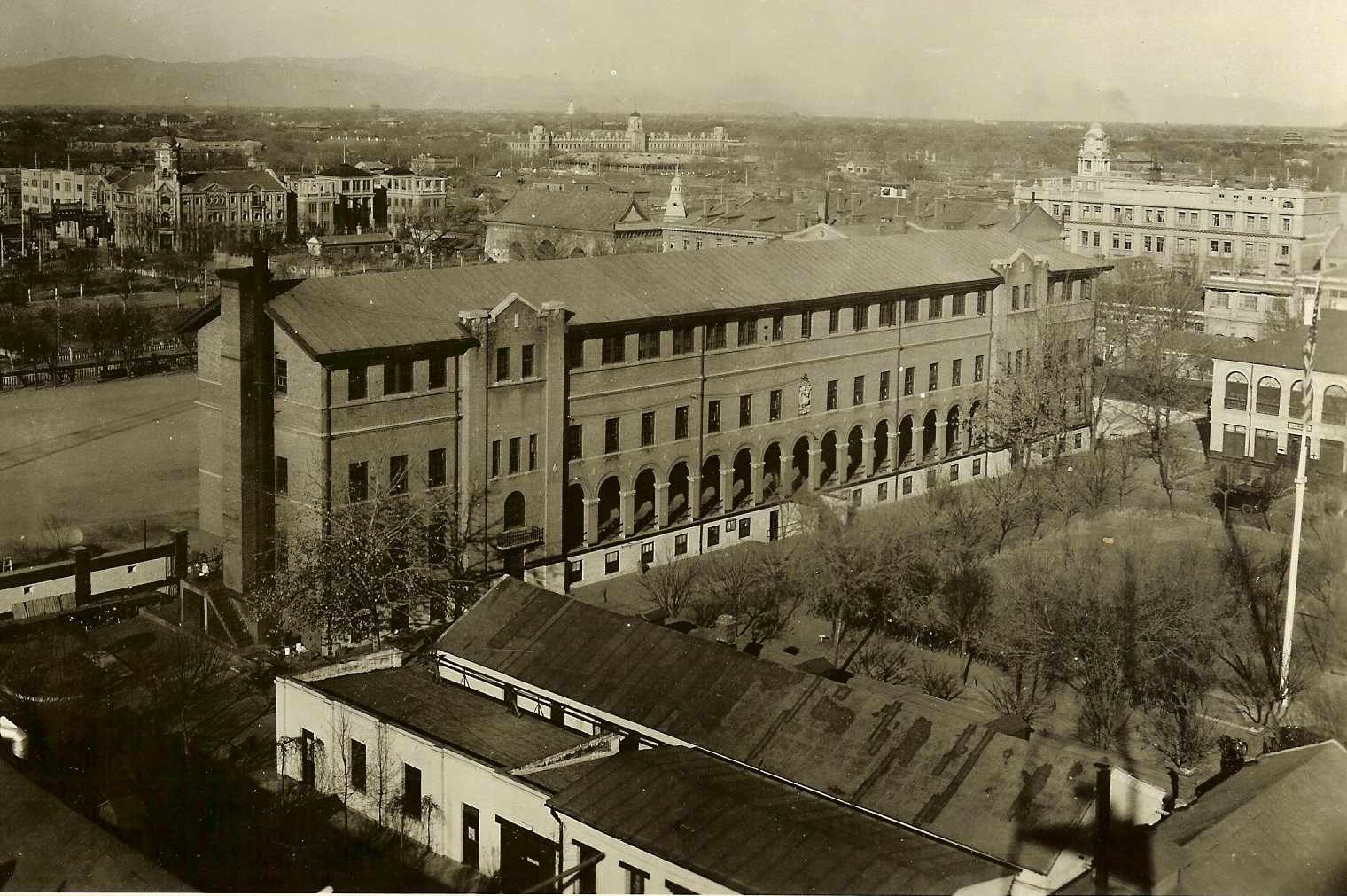
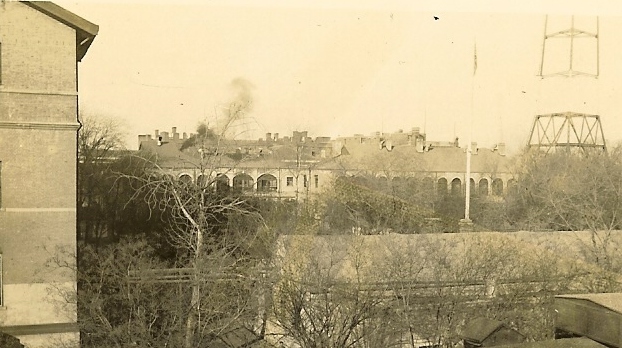
The Marine Barracks Embassy compound, winter 1945